Palmetto Bluff Real Estate Company Sales Office
Office Hours
Monday-Friday 9am - 5pm
Saturday 9am - 4pm
Sunday 12 - 4pm
Saturday 9am - 4pm
Sunday 12 - 4pm
Butterflies are more than just a pretty flying insect in your garden; they’re also a pollinator, a biotic pollinator to be specific. Pollination can be defined as the transfer of pollen from one flower to another, not to be confused with fertilization (that’s an entirely different subject).
Pollination is categorized into two types – abiotic and biotic. Abiotic pollination relies on wind, water, or rain to transfer pollen, whereas biotic pollination relies on living organisms. Bees, wasps, flies, butterflies, and many more living organisms (even some kinds of bats) are responsible for more than 90% of all pollination. Pollination is the key to many plants’ survival; therefore, using biotic pollination, plants must learn how to attract certain pollinators.
Flowers often use their color to attract the kinds of pollinators they want. Flies see a spectrum of colors that make orange an attractive color, so they will most often be seen pollinating orange or yellow flowers. Hummingbirds see red better than other colors, so they are often found pollinating red or pink flowers. Beyond bright colors, flowers attract pollinators through a reward system. Pollinators are more likely to pollinate if they get something out of the deal too — a quid pro quo of sorts. Some flowers offer an oil that male insects cover themselves in, making them smell better to females. (Think of it like Axe body spray, for insects.) Flowers also offer pollen that bees use to feed their babies and nectar that many insects use as food. Lastly, some flowers decide to take the easy way out — “cheating” to achieve successful pollination. Take the cunning bee orchid. This sneaky flower’s velvety lip looks like a female bee. Males fly in to try to mate with it and end up pollinating the flower. Ethical or not, this is a remarkable example of floral mimicry and a highly-evolved plant-pollinator relationship.
Pollination wasn’t always this easy. Flowers and pollinators have adapted through time to get the most out of each other. Known as “Pollination Syndrome,” pollinators and flowers adapt to ensure that they are using each other to the best of their ability. In Madagascar, there is a type of orchid whose pollen spur is almost a foot long! Darwin discovered this plant and put forth the thesis that there must be a certain type of insect that has a tongue long enough to reach the pollen. While Darwin never lived to see it, he was correct. A moth was later found with a tongue able to reach the pollen. Over time, both the orchid’s pollen spur and the moth’s tongue have gotten longer, adapting to one another.
Beetles are an example of a “clumsy” pollinator. They don’t have the ability to hover over a flower or manipulate the flower, so they often look for large flowers in tight-knit quarters, like magnolias or pond lilies. Topped with plumes of fluffy yellow flowers, goldenrod (sometimes thought to be a weed), springs up en masse in the summer, so that insects, like beetles, can pollinate them easier. Knowing what certain insects look for in pollination locations makes conservation easier. If you want more beetles, plant large flowers in large groups.
While most pollinators are easy to accommodate (preferring the same plants their entire life), there are exceptions. Butterflies are hard to conserve because caterpillars and adult butterflies need different plants to survive – so instead of planting one flower, you must plant two, in proximity. Monarch caterpillars need milkweed leaves to survive while monarch butterflies find their source of nectar many different flowers.
The best way to help pollinators be successful is to plant native flowers in your garden that target the specific type of pollinator that you desire. And don’t be afraid to call your local nursery or garden associations to ask them for recommendations…your butterflies will thank you.
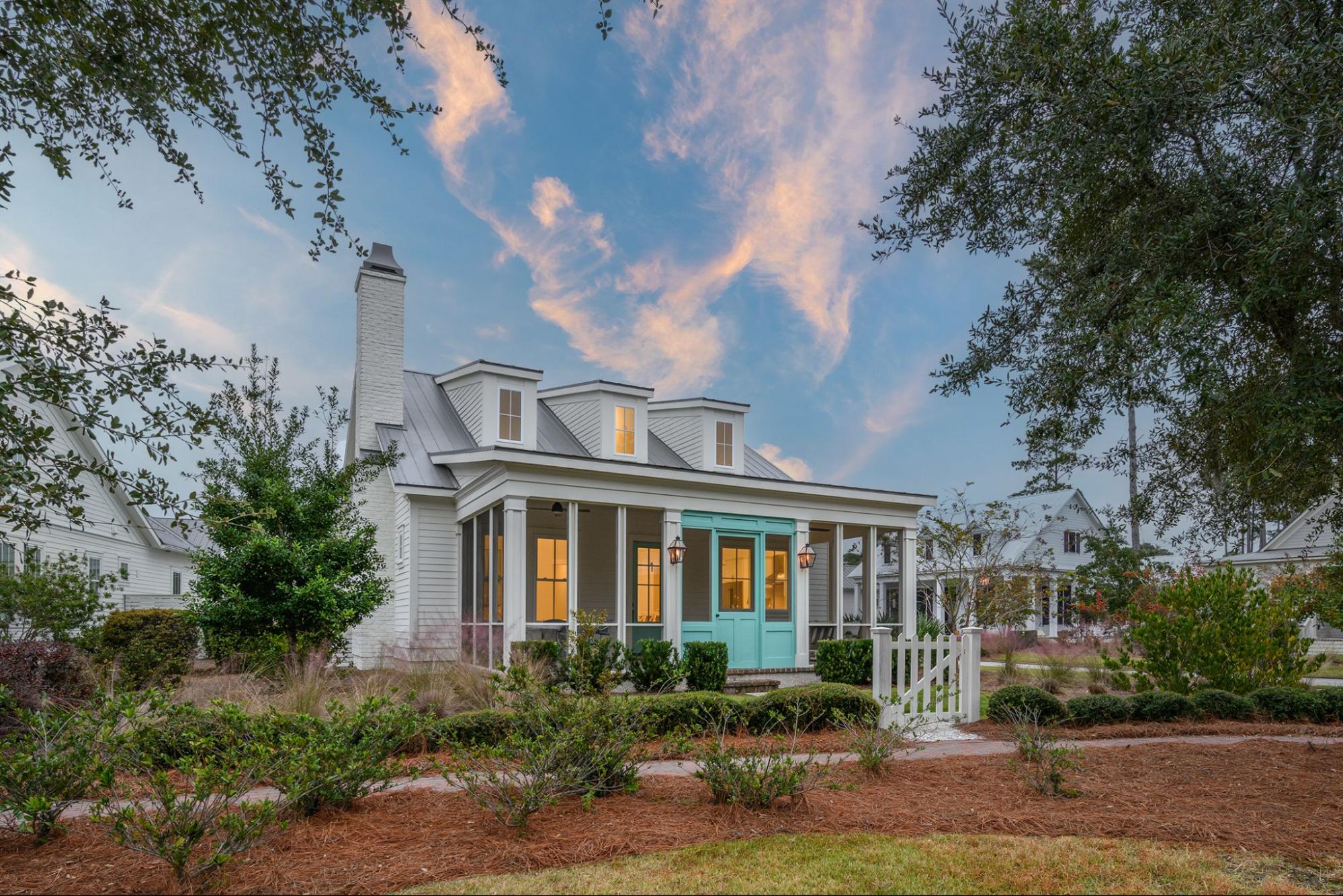
Two-Bedroom Homes in Palmetto Bluff: Small Spaces, Big Advantages At Palmetto Bluff, life moves at a more thoughtful pace, one centered around nature, community, and well-designed spaces that invite you to slow down and savor the moment. Within this disti...
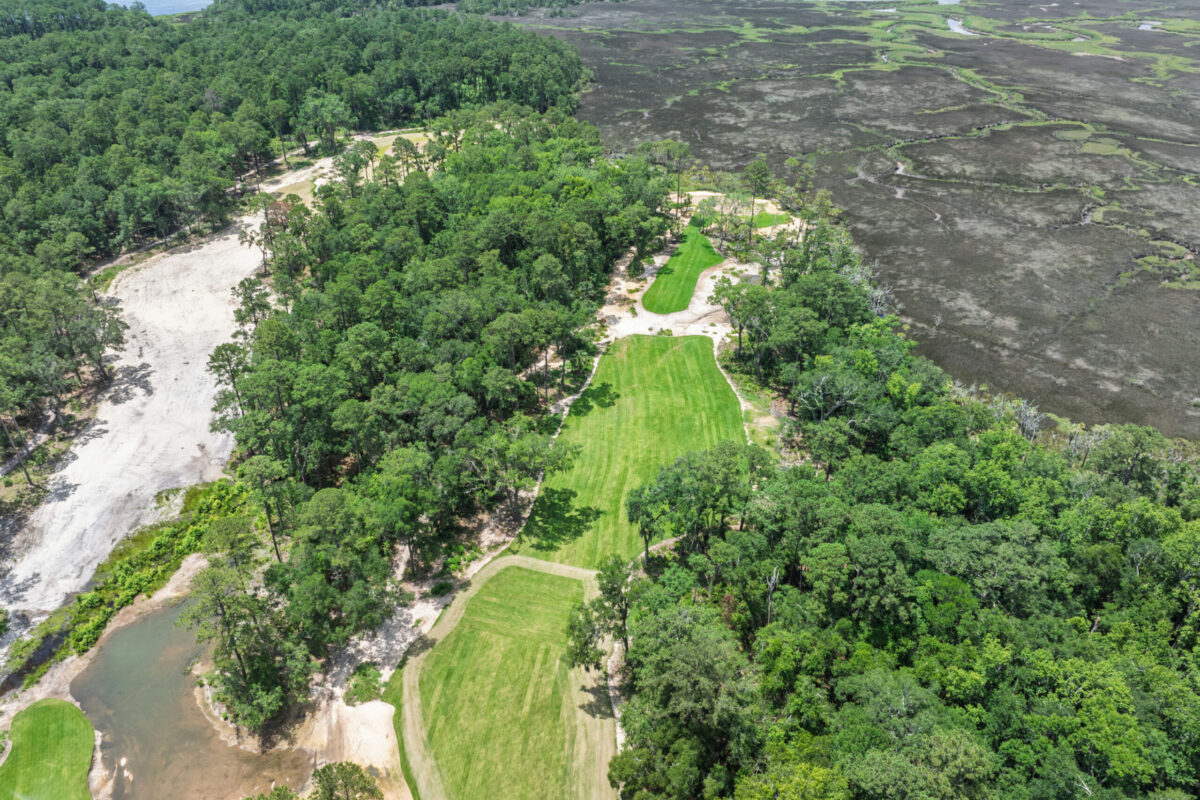
Take a Peek at the Coore & Crenshaw Course at Palmetto Bluff Golf has always been more than a game at Palmetto Bluff. It is a way of experiencing the land, connecting with nature, and building community through quiet competition and shared moments. With t...

Moreland Village is centered around an active lifestyle that’s easily accessible to homeowners. With the Movement Studio just steps away from the Conservancy Classroom, residents can grab a coffee from Canteen, partake in pilates, then join a bluebird research...
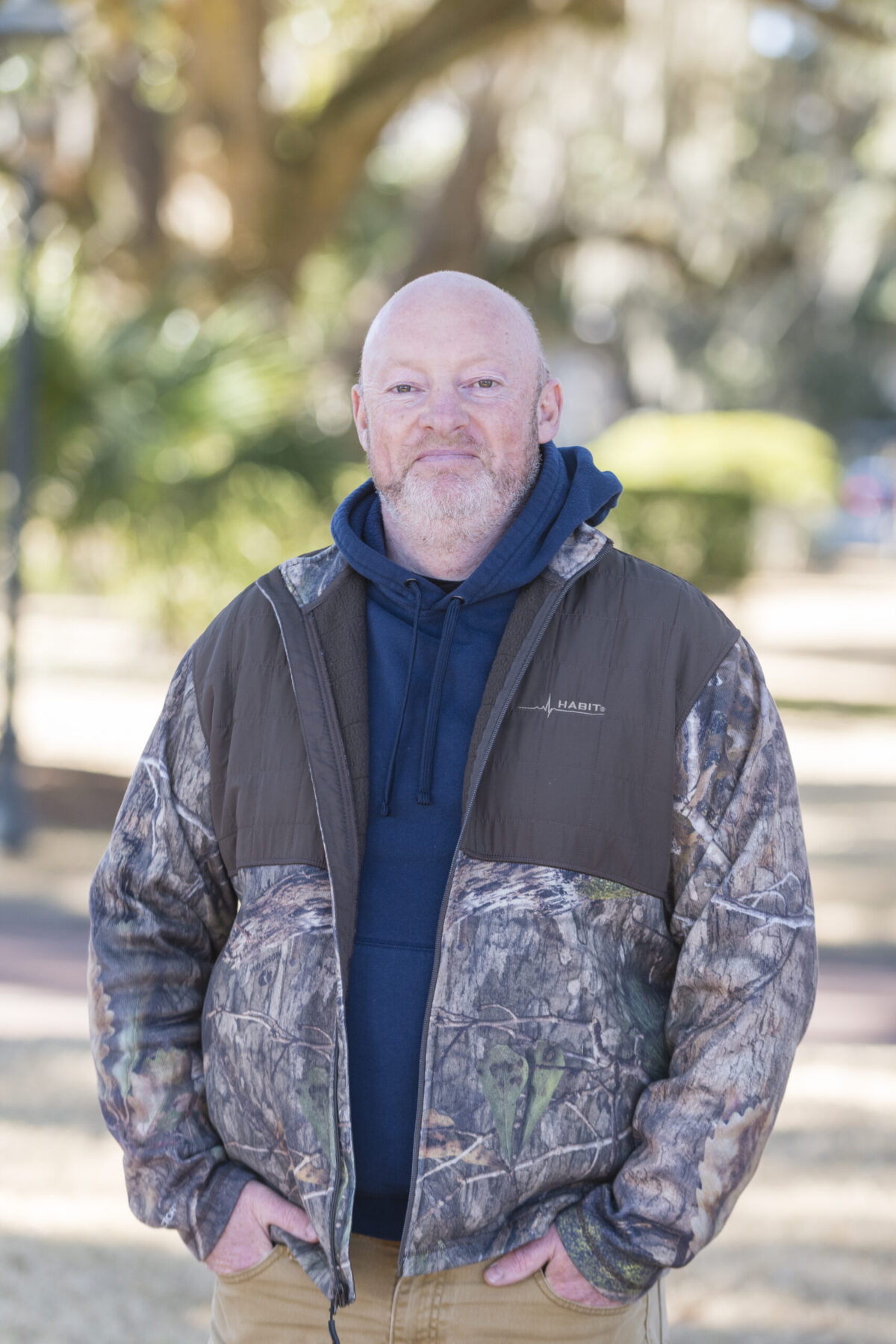
Brian’s Journey to Palmetto Bluff If you’ve ever spotted a feral pig along a trail, heard the call of a hawk overhead, or taken a peaceful walk through the Bluff’s maritime forest, you’ve likely experienced the quiet impact of Brian Byrne’s work. As the Palme...
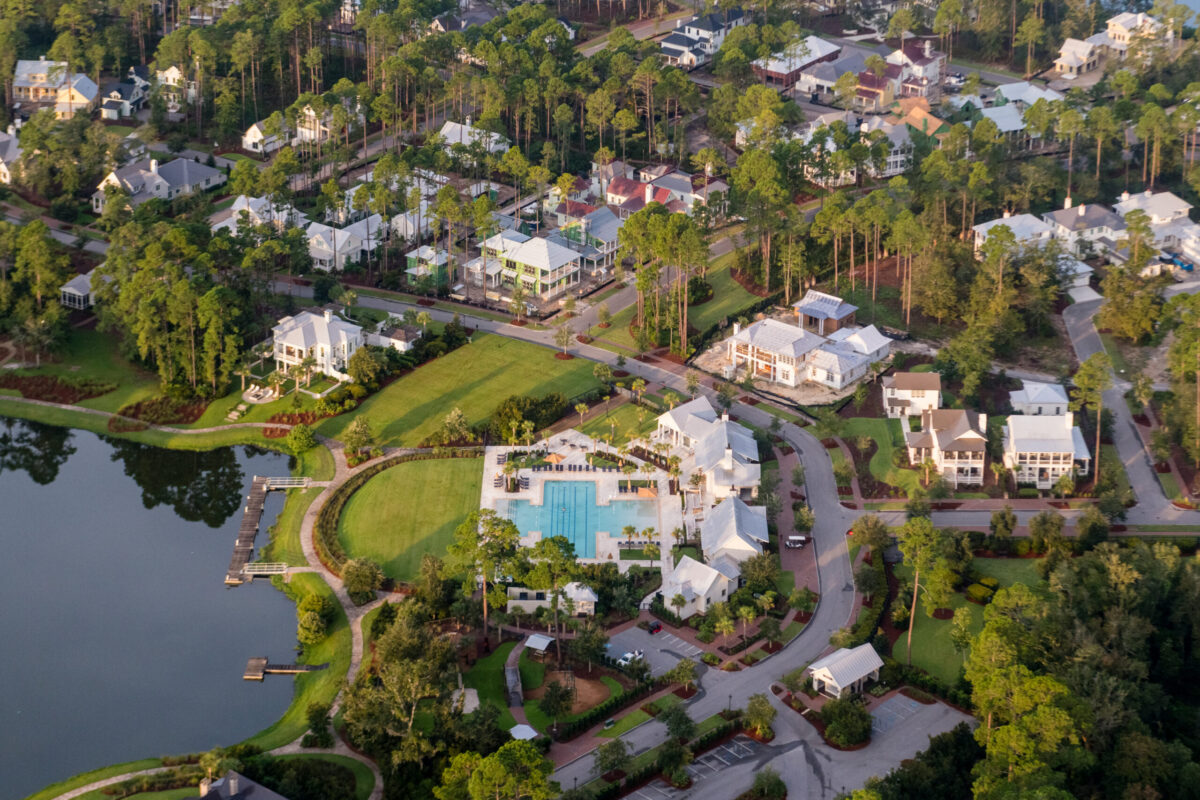
Why You Should Consider Investing in a Palmetto Bluff Home Some places feel like a getaway. And then there are places that feel like coming home. Palmetto Bluff manages to be both. Tucked between Hilton Head Island and Savannah, this 20,000-acre haven in t...
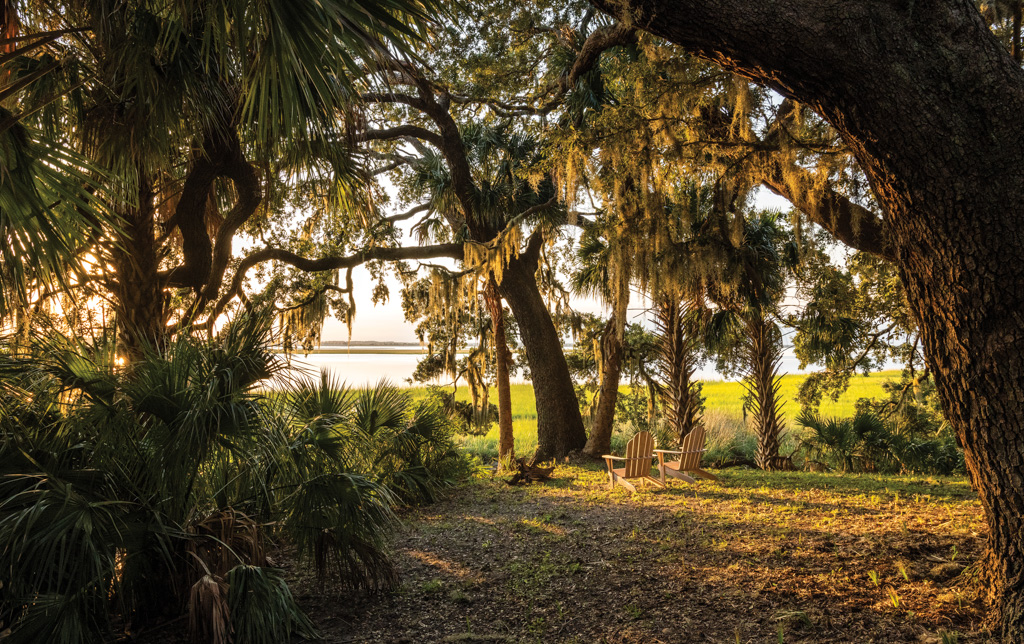
This Manhattan-sized, Gilded Age enclave and National Seashore off the Florida-Georgia coast is so much more than a beachcomber’s delight. By Alexandra Marvar “There’s one. Oh, and there’s one.” He bends down to pick up a shark tooth. Then another, and anot...

Best Things to Eat in South Carolina’s Lowcountry When it comes to Southern cuisine, no place captures the heart (and appetite) quite like the South Carolina Lowcountry. Rooted in history and layered with coastal influence, this region serves up a culinary id...

Marissa’s Journey to Palmetto Bluff At Palmetto Bluff, hospitality goes beyond service; it’s a way of life. For Members and visitors alike, there’s a quiet charm to the place that draws you in, makes you feel at ease, and leaves a lasting impression. Few peop...

Top 7 Palmetto Bluff Nature Trails Do you ever get the feeling of wanting to escape and wander into a serene paradise? The nature trails at Palmetto Bluff afford opportunities to roam and admire the vastness of the Bluff’s 20,000 acres. Throughout the communi...

Palmetto Bluff’s Moreland Village feels a world away from the more traditional architecture of the iconi...
Learn about the Palmetto Bluff Conservancy and how we keep the vision of our land in place.
On land or water, there is an ever-evolving variety of activities.
We do not attempt to independently verify the currency, completeness, accuracy or authenticity of the data contained herein. All area measurements and calculations are approximate and should be independently verified. Data may be subject to transcription and transmission errors. Accordingly, the data is provided on an “as is” “as available” basis only and may not reflect all real estate activity in the market”. © [2023] REsides, Inc. All rights reserved. Certain information contained herein is derived from information, which is the licensed property of, and copyrighted by, REsides, Inc.